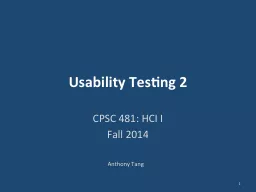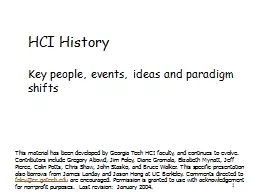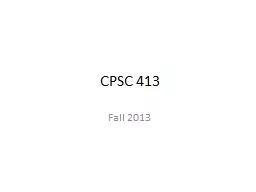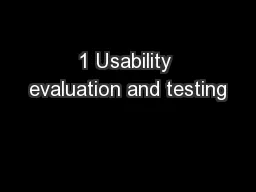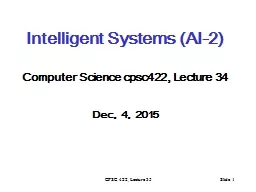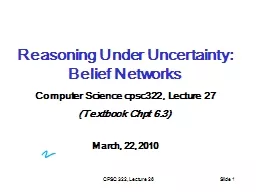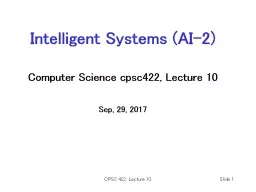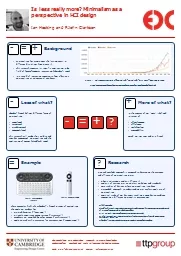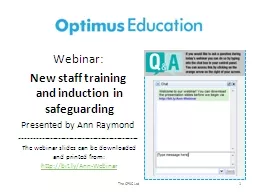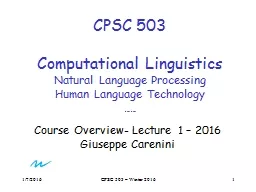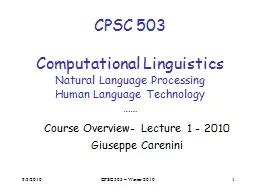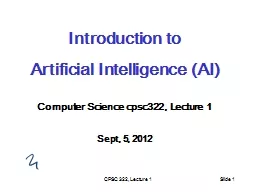PPT-Usability Testing 2 CPSC 481: HCI I
Author : chaptoe | Published Date : 2020-06-22
Fall 2014 1 Anthony Tang Learning Objectives At the end of this lecture you should be able to Know how to select users for a usability test and how many Be able
Presentation Embed Code
Download Presentation
Download Presentation The PPT/PDF document "Usability Testing 2 CPSC 481: HCI I" is the property of its rightful owner. Permission is granted to download and print the materials on this website for personal, non-commercial use only, and to display it on your personal computer provided you do not modify the materials and that you retain all copyright notices contained in the materials. By downloading content from our website, you accept the terms of this agreement.
Usability Testing 2 CPSC 481: HCI I: Transcript
Download Rules Of Document
"Usability Testing 2 CPSC 481: HCI I"The content belongs to its owner. You may download and print it for personal use, without modification, and keep all copyright notices. By downloading, you agree to these terms.
Related Documents

